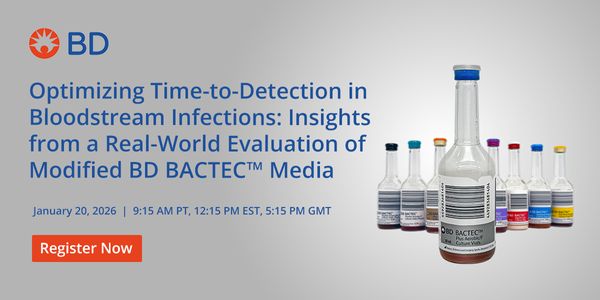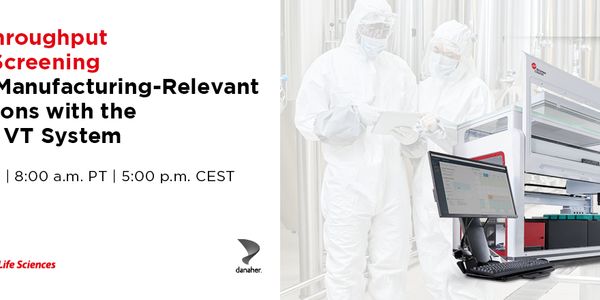Quantitation of Mycotoxins in Food Matrices Comparing Stable Isotope Dilution Assay (SIDA) with Matrix Matched Calibration Methods by LC-MS/MS
-
Dan Li, PhD
Application Scientist at RestekBIOGRAPHY
Mycotoxins are secondary fungal metabolites produced by mold that may be found in food or feed. They can cause severe health problems in humans and animals, and can result in significant economic losses. Among the hundreds of toxic mycotoxins, aflatoxins, fumonisins, deoxynivalenol, ochratoxin A, HT-2 toxin, zearalenone, and T-2 toxin are considered as a major concern for corn, wheat, peanuts and other agricultural products. LC-MS has become the standard and is now widely used for routine mycotoxin analysis and identification. One of the challenges faced by LC-MS techniques is the matrix effects caused by the use of electro-spray ionization (ESI). Generally, sample preparation, chromatographic and calibration techniques are the common strategies for reducing the negative effects of matrix effects. Standard addition, matrix matching, and stable isotope dilution assay (SIDA) are all possible calibration solutions. In this work, a quick “dilute-filter-shoot” method was used for sample preparation. A seven-minute LC-MS/MS method using a biphenyl phase column was developed and verified for quantifying twelve mycotoxins in four commodities: corn, peanut butter, brown rice, and corn & wheat mixed. Both SIDA and matrix matched calibration methods were applied, compared, and evaluated in terms of recovery, efficiency, advantages, and limitations.
Quantitation of Mycotoxins in Food Matrices Comparing Stable Isotope Dilution Assay (SIDA) with Matrix Matched Calibration Methods by LC-MS/MS
Please update your information
Certificate of Participation
DOWNLOAD CERTIFICATE






